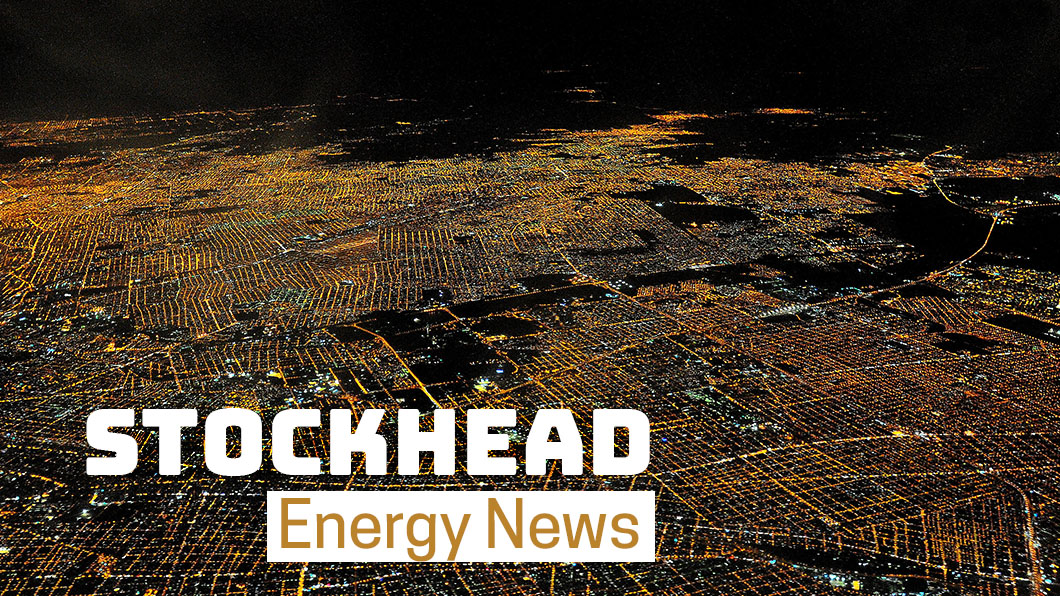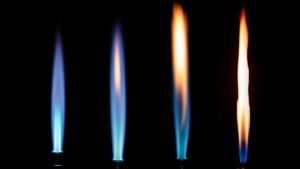Global glut great for Australia’s gas guzzling corporate guilds

Pic: Matthias Kulka / The Image Bank via Getty Images
East coast gas prices fell 35 per cent in the 12 months to January, due to a glut of LNG and gas around the world.
Wholesale gas prices have fallen from around $10 per gigajoule (GJ) at the beginning of 2019 to $6.30/GJ in January this year, says Australian Energy Market Commission (AEMC) economist Ryan Esplin.
Among small caps, the direct impact will be felt among the smaller gas producers.
Companies such as Senex (ASX:SXY) have been signing contracts directly with domestic buyers for gas that had been reserved for use in Australia. Senex signed deals with CSL (ASX:CSL), O-I, and Orora (ASX:ORA).
Central Petroleum (ASX:CTP), which operates just across the border in South Australia, locked fertiliser and explosives maker Incitec Pivot (ASX:IPL) into a contract for its gas in 2018.
While the federal government has made noises about reserving more gas for domestic use, onshore production is a state’s prerogative.
Western Australia “clarified” its 15 per cent gas reservation policy in 2012, after the big LNG export projects sent prices up to $10/GJ.
Queensland established a similar policy in 2017.
Global gas glut
Esplin said huge volumes of LNG from Australia and the US, where producers can now export gas after decades of being legally forbidden to do so, and a mild northern hemisphere winter had combined to push prices around the world down.
In January, the competition regulator even said forward domestic prices for April 2020 gas in Australia could go as low as $3.81/GJ — a price not seen since before the start of the Gladstone LNG export terminal.
“Prices are expected to remain subdued until at least the second half of 2021 and may fall further in the short-term due to the impact of Chinese companies backing out of gas contracts as a result of the coronavirus,” Esplin wrote in a note.
Wood Mackenzie research director Nicholas Browne said late last year that with LNG prices at record lows, there is now less incentive for Queensland LNG producers to liquefy additional gas and sell it to a low but still uncertain LNG spot market.
He wrote that some Asian buyers were reducing their contracted offtake from Queensland LNG which is more expensive than other alternatives, and in the face of measures such as the Australian Domestic Gas Security Mechanism (ADGSM) additional gas is being developed.
Because of these three factors, more gas is being made available by the LNG projects to the domestic market.
Collectively, the LNG makers APLNG, QCLNG and GLNG are delivering at least 100 petajoules (PJ) per annum of additional gas supply to the domestic market.
Breathing space
Lower prices will be welcome news to manufacturers and other gas users who have been hurting for several years from high prices.
The vast majority of gas users on the east coast are large companies, such as fertiliser and explosives maker Incitec Pivot and packaging company Orora, or unlisted businesses.
These were caused by the start of the LNG export terminals in Gladstone, North Queensland, in 2015 which has sucked up a large segment of the gas available on the east coast, and a lack of development of gas fields in Queensland, NSW and Victoria.
About 80 per cent of ‘2P’ gas reserves are controlled by the big three Queensland LNG producers, either through ownership or through purchases from other suppliers.
Typically ‘reserves’ refer to oil or gas discoveries that are commercially recoverable using existing technology. A 2P means it’s proven and probable, while a 3P includes ‘possible’.
Related Topics

UNLOCK INSIGHTS
Discover the untold stories of emerging ASX stocks.
Daily news and expert analysis, it's free to subscribe.
By proceeding, you confirm you understand that we handle personal information in accordance with our Privacy Policy.








